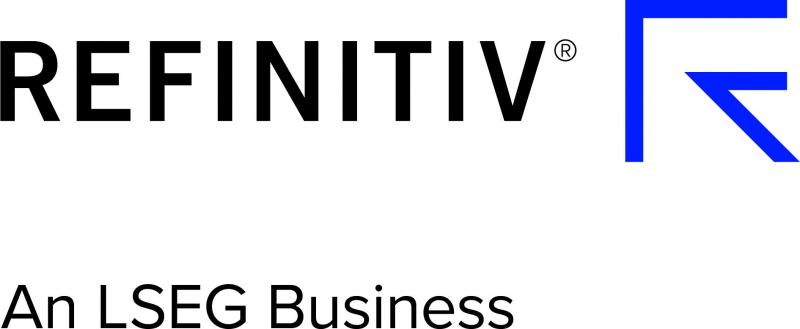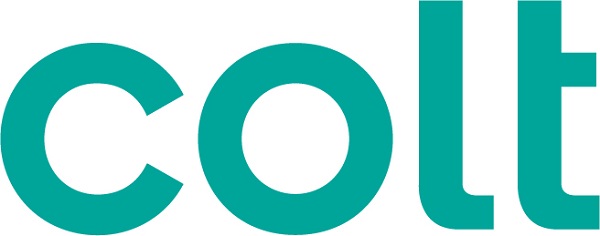STAC Summit, 4 April 2023, Singapore
Principal Sponsor

The STAC Summit Asia has returned! We are delighted that the Singapore Exchange (SGX Group) hosted this event. After our very popular event in Hong Kong and a long pandemic pause, we were excited to get the community together again.
Agenda
Click on the session titles to view the slides.

| Opening remarks | |
|
Ng Kin Yee will offer words of welcome from SGX Group. |
STAC orientation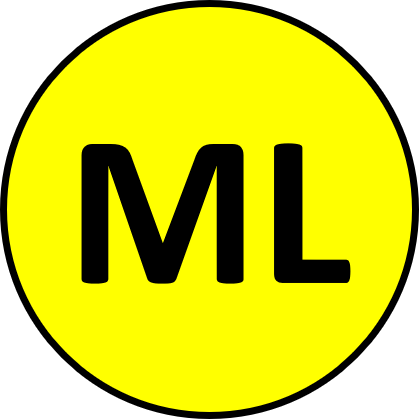     |
|
|
The STAC Benchmark Council’s mission is to accelerate technology discovery and assessment in the finance industry. Peter will outline how that works and how trading and investment firms can benefit. |
Trading ecosystems in the cloud: Architecting for the inevitable    |
|
|
As we've discussed at past STAC events, exchanges and central service providers are moving important functions into the cloud. Matching in traditional asset classes may take a while to migrate, but the logic for many surrounding functions is compelling. Trading firms will either want or need to follow suit, which means architecting for cloud has become critical. This raises many questions for an industry that has relied mostly on on-premises solutions. Which functions are likely to become most common in the cloud, over what time horizon? What kind of throughput, latency, and consistency can the cloud provide? How will the technologies that financial firms have come to rely on be adapted to the cloud? How should architects handle infrastructure decisions such as whether to go hybrid cloud or multi-cloud? Join our panelists as they dive into these questions and yours. |
Build for today, plan for tomorrow: Low-latency market integration  |
|
|
A high-performance trading system requires, among other things, low-latency market data, order entry, historical tick data and analytics, hardware development, network connectivity, and operational support across multiple trading venues. Each component requires the trading firm to make a choice: should we build it ourselves, delegate it to a vendor, or do some of both? Once made, the consequences of design, development, and partnership decisions often last many years, so it is important to address current and future needs. How do co-location, sponsored access, and risk management requirements impact these decisions? How do you satisfy integration requirements across exchanges and regulatory regimes while building a plug-and-play trading stack? How should you take advantage of partners while maintaining expertise and understanding in-house? As market integrations improve, needs evolve. What scale should you plan for, and how will latency requirements change? Join our panelists to add your questions to the mix. To kick off, some of the panelists provided a short presentation: |
|
| "Lessons From Developing FPGA Based Advanced Trading Solutions for China's Capital Markets" Louis Liu, CEO, Shengli Technologies |
|
| "LSEG Overview of low latency solutions" Alexandre Durand, Solution Consultant, Low Latency Data & Feed Handlers, Refinitiv, an LSEG Business |
STAC Update: Fast data  |
|
|
Peter will discuss updates from the FPGA special interest group and the latest results and STAC Benchmark Council activities related to low-latency/high-throughput realtime workloads. |
Can trading transition to 25G? |
|
|
Migration to 25G, 40G, and 100G Ethernet is in full swing among enterprises and cloud providers, but exchange connections and trading infrastructures have resolutely remained at or below a 10G ceiling. It is tempting to believe this will always be so. But ever-increasing data rates and the need for larger data sets create mounting pressure for more bandwidth. Will trading be able to resist the pressure forever? Dave will explore whether the industry can change to 25G, along with several related questions. What impact will 25G have on low-latency infrastructure, not to mention timestamping, data capture, and operational support? Will firms use forward error correction, given the latency hit, and if not, how can they manage the data risk? How will more bandwidth impact market microstructure, and will it enable more insight into exchange behaviors? Join Dave as he looks at a possible future of trading networks. |
STAC Update: Big workloads  |
|
|
Peter will present the latest STAC activities in storage and compute critical workloads. This includes results for STAC-M3 (the full stack needed for enterprise tick analytics) and STAC-A2 (derivatives risk computation) and recent developments in STAC-A3 (strategy backtesting). |
STAC Update: Machine learning   |
|
|
Peter will discuss the latest research and STAC Benchmark Council activities related to machine learning, including updates on inference and training workloads. Peter will also present results from recent STAC-ML audits. |
Optimization strategies for the DL storage stack  |
|
|
Many capital markets technologists have experience optimizing storage architectures for workloads like time-series databases and backtesting. But the training phase of Deep Learning is a different workload, with a complex mix of high-concurrency reads, checkpointing, and random large-block mmaps. The storage stack (client, network, file system, and storage hardware) must cater to these access patterns during initial model training as well as retraining. Otherwise, I/O bottlenecks can leave costly compute resources underutilized and delay model deployment. (Few storage architects want to be responsible for missed business opportunities.) In this talk, Sven will help you design more efficient AI solutions by exploring what happens during DL training from the storage system's point of view. Using lessons from real-world examples, he'll discuss the implications for the storage stack and walk through optimizations for the file system and the rest of the datapath. |
FPGAs beyond ultra-low latency?   |
|
|
It's no secret that FPGAs are a favorite component for ultra-low latency system engineers. Firms can gain a significant edge by placing relatively simple trading strategies in an FPGA to avoid user space entirely. But what role can FPGAs play in more complex, compute-hungry strategies? Can FPGAs combine with other processors in quant-based trades or critical pricing algorithms? For that matter, does FPGA have a home outside real-time decision-making, such as in research infrastructures? Join our panelists as they discuss these questions and yours on the future of FPGAs in capital markets. To kick off, some of the panelists provided a short presentation: |
|
| "AMD Together We Advance Financial Services" Alastair Richardson, Strategic Business Development Director, Data Center and Communications Group, AMD |
|
| "ÜberNIC: The Future of Networking. Today." Seth Friedman, CEO, Liquid-Markets-Solutions |
About STAC Events & Meetings
STAC events bring together CTOs and other industry leaders responsible for solution architecture, infrastructure engineering, application development, machine learning/deep learning engineering, data engineering, and operational intelligence to discuss important technical challenges in financial services.
 |
 |
 |
|---|---|---|
Event Registration
Event Resources
Speakers
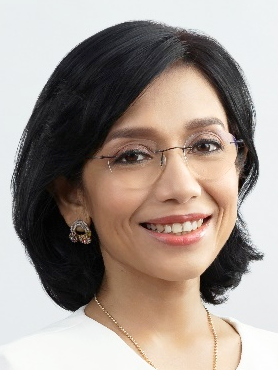 Tinku GuptaSGX Group
Tinku GuptaSGX Group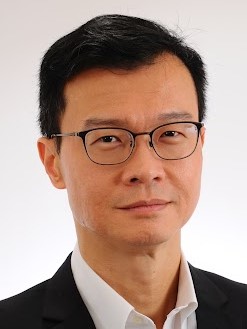 Ng Kin YeeSGX Group
Ng Kin YeeSGX Group
 Miguel OrtegaDeutsche Bank Securities Tokyo
Miguel OrtegaDeutsche Bank Securities Tokyo Sachar de VriesGrasshopper Asia
Sachar de VriesGrasshopper Asia
 Baranidharan SivapathamBarclays
Baranidharan SivapathamBarclays Chiun Chiek WongBursa Malaysia
Chiun Chiek WongBursa Malaysia
 Alastair RichardsonAMD
Alastair RichardsonAMD Sven OehmeDDN
Sven OehmeDDN
 Diana StanescuKeysight Technologies, Inc.
Diana StanescuKeysight Technologies, Inc.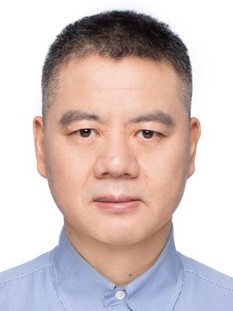 Louis LiuShengli Technologies
Louis LiuShengli Technologies
 Dave SnowdonArista Networks
Dave SnowdonArista Networks Alexandre DurandRefinitiv, an LSEG Business
Alexandre DurandRefinitiv, an LSEG Business
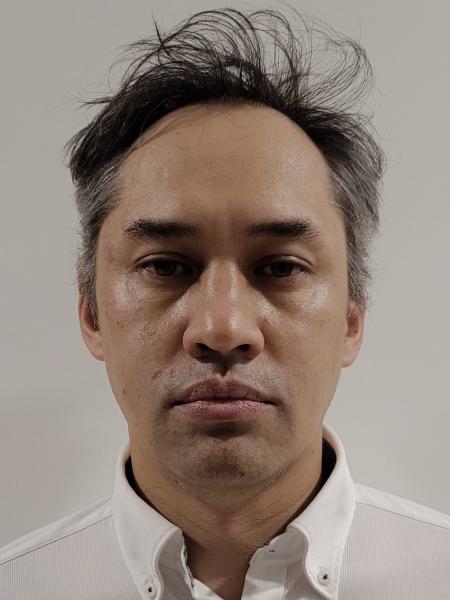 Aaron FooFMAD Engineering
Aaron FooFMAD Engineering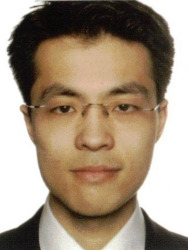 Kim Kuen TangKX
Kim Kuen TangKX
 Vahan SardaryanLDA Technologies
Vahan SardaryanLDA Technologies Dave WeberLenovo
Dave WeberLenovo
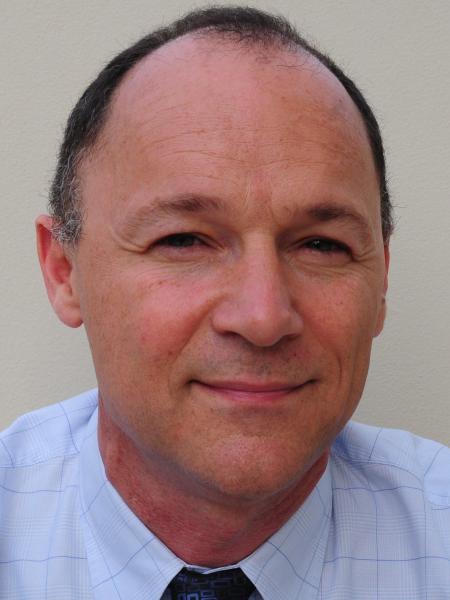 Nicolas KaronisNovaSparks
Nicolas KaronisNovaSparks Seth FriedmanLiquid-Markets-Solutions
Seth FriedmanLiquid-Markets-Solutions


 Peter NabichtSTAC
Peter NabichtSTAC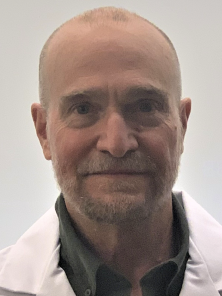 Bishop BrockSTAC
Bishop BrockSTAC




